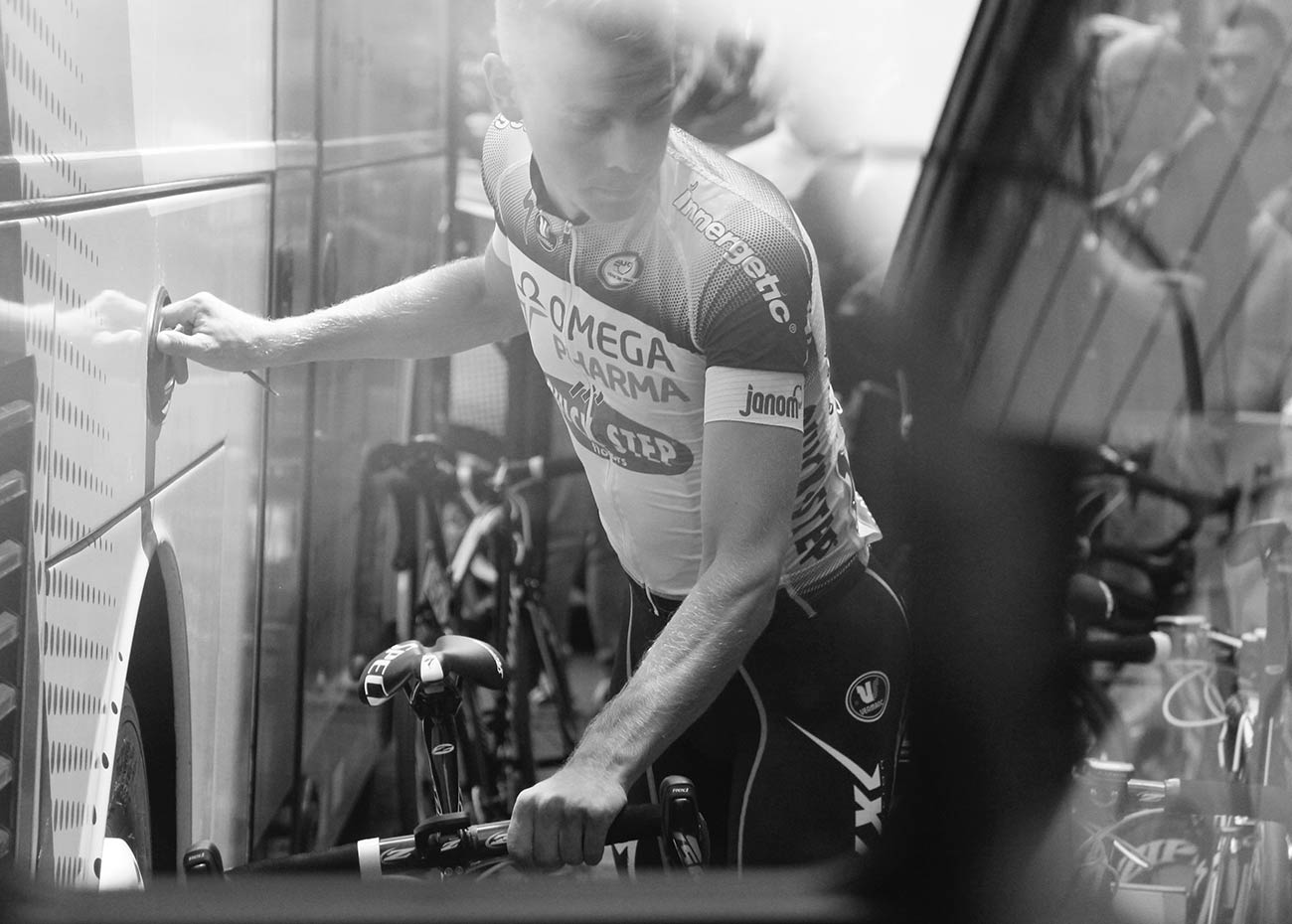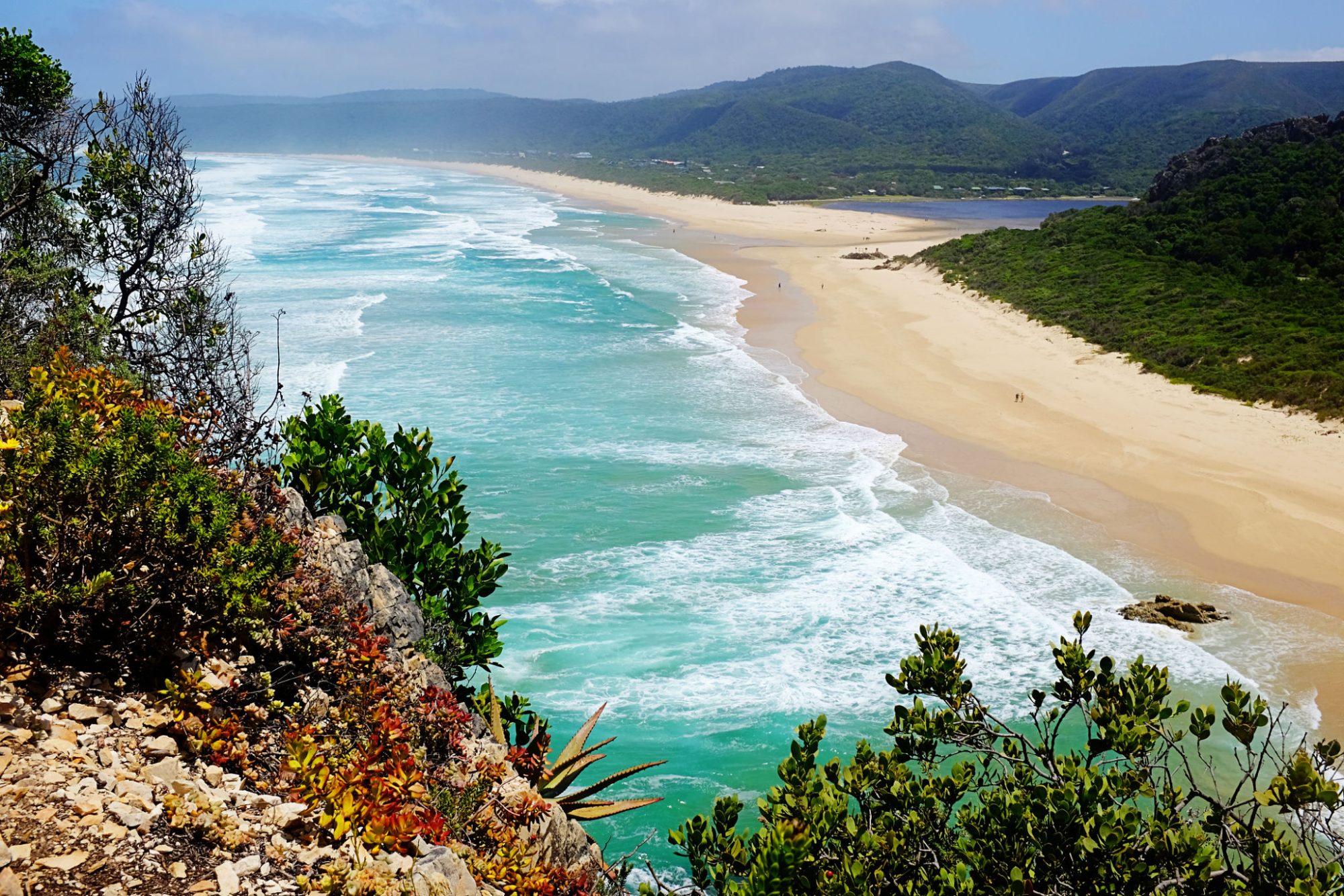Crashing is part of cycling, stay positive
Every year, thousands of bikers are involved in expensive (and sometimes life-threatening) accidents on South African roads. Affinity Enterprises gives some sound advice on steps bikers can take to protect themselves when it comes to bike-versus-vehicle accidents.
CRASH CHECKLIST
If you are involved in a crash, follow these steps to ensure that you receive a fair response from the police and collect the info that you may need for future legal/ insurance issues. Always report incidents (no matter how small) to ensure better police action and policies in the future.
AT THE SCENE
- Call 10111 (the SAPS flying squad) and 112 (emergency 24-hour service – toll-free from mobile) and ask for the police and EMS.
- Tell the driver to stay at the scene until police arrive (they are required to do this by law). If they refuse to stay or don’t provide ID, get their and their vehicle’s description, and vehicle license plate #.
- Get name and contact info for any witnesses. Ask them to stay on the scene until police arrive, if possible.
- Get the following information from all parties involved and witnesses: full names, ID numbers, addresses, telephone details, and vehicle registration numbers. You should also get descriptions of the vehicles, details of police and traffic officers and ambulance personnel, and details of tow truck personnel.
- Record as much visual information as possible: if possible take photos of the scene (from all angles), including the surrounding area, injuries sustained, damage to vehicles and bicycles; and the position of the bicycle and motor vehicle in relation to one another after the accident. Keep any GPS data or video footage you may have of your cycling activity. Check whether any other driver or witness has any footage and ask for a copy. If possible sketch a plan of the scene and make sure that it contains a fixed point so that it can easily be traced.
WHEN THE POLICE ARRIVE
- Both the cyclist and drivers must co-operate with all law enforcement and emergency personnel who respond to the scene.
- Leave your bike in the same state it was after the accident, so the police can see the scene undisturbed. Drivers may not move their vehicles unless it is required by law or necessary for safety. Nor may they throw away any potential evidence (e.g. important documents or torn or blood-stained clothing).
- Request that the police take an accident report (this is required of them). Be sure that your account of the crash is reflected in the report narrative.
- Get the reporting officer’s name and badge number.
- If you have been injured, consult a doctor immediately even if you think that the injury is not serious. A doctor’s report of your injury is important for insurance and/or legal action. Depending on your injuries you can seek medical attention either at the scene, in the emergency room, hospital, or doctor’s office. When in doubt go to the ER!
SOON AFTER A CRASH
- Report the incident within 24 hours to the SA Police (unless the police made a report at the scene). Even if you are not injured, it is important that all cycling accidents/incidents (no matter how small) are reported to the police both for future legal/insurance reasons and to ensure correct police statistics and better action and policies in the future. Subsequent prosecution relies heavily on the police investigation. Insist that the police receive and record your report.
- Get the case number from the police as well as the name of the officer to whom the accident is reported. Request a copy of the incident report from the police.
- File a report with the local Authorities and email The Pedal Power Association with the following info: date of the incident, time of day, location, a brief description of what happened, and your contact details.
- Contact witnesses to ask them to email you their version of what happened while it’s fresh in their minds.
- Take photos of your injuries and any bike damage if appropriate. Get an estimate for bike repairs.
- Contact your insurance company or seek legal aid if required. Find out about claims and legal action.
LEGAL ACTION, CLAIMS, AND LIABILITY
THE ROAD ACCIDENT FUND (RAF)
- A person has a right to claim compensation for damages from the Road Accident Fund (the RAF). The RAF compensates a victim of a road accident for bodily injury sustained as a result of the negligence of another driver. In the event of death, it compensates dependents for their loss of support (where the deceased was a breadwinner).
- A cyclist injured in an accident may therefore have a claim against the RAF. There is no claim against the driver for damages arising out of bodily injuries sustained.
- The RAF will cover certain hospital and medical expenses as well as loss of earnings (subject to conditions and requirements).
- The RAF will not cover damage to your bicycle (or any other property). The RAF also does not award general damages for pain and suffering unless the injury is of a serious nature.
- Contact an attorney to investigate possible claims against the RAF. Some attorneys will be prepared to take your case on a no-win, no-fee basis.
CLAIMING DAMAGES
- To recover the costs of repairing your bicycle, you’ll have to claim from your own insurance or the person who caused the accident.
- If you have a claim for less than R12 000, you may pursue your claim in the Small Claims Court. You don’t require an attorney to represent you in the Small Claims Court.
- If you want to claim more than R12 000, you will have to pursue your claim in the Magistrate’s Court or High Court with the assistance of an attorney.
CLAIMS AGAINST YOU
- There is the potential that a claim may lie against you as the cyclist if you were responsible for the accident and this resulted in injury, damage, or death. If you have insurance that covers your liability as a cyclist in these circumstances, you will need to notify your insurer. You may also wish to investigate taking out insurance that covers this type of risk.
- The Pedal Power Association may be able to assist with a private prosecution, depending on the nature of the accident and the approach of the police and the prosecuting authorities.
WHO WAS IN THE WRONG?
- Failing to obey the 1m passing distance law
- Driving at an excessive speed or in excess of the speed limit
- Failing to keep a proper look-out
- Failing to keep the vehicle under proper control
- Drinking and driving
- Using their cell phones whilst driving
- Cutting across your path of travel at an inopportune moment
- Failing to stop at a stop sign or, when facing a red traffic light
- Failing to yield to oncoming traffic
- Colliding with you from behind
- Opening a door of a stationary motor vehicle at an inopportune moment
When the cyclist is in the wrong:
- A bicycle is regarded as a vehicle in the eyes of the law. Bicycles are therefore subject to all road rules and regulations, including stopping at stop streets and red lights.
- You may not cycle on a freeway.
- Know your rights and responsibilities, and the Western Cape Provincial: Safety of Cyclists Regulations, 2013
Author: LEONIE MERVIS DIRECTOR & FOUNDER OF BICYCLE SOUTH Leonie is the founder & creative director of Bicycle South. A designer & environmental activist, Leonie is passionate about sustainability and a keen advocate for bicycle cities. When she is not blogging on local bicycle culture, you’ll find her adventuring on her gravel bike.








